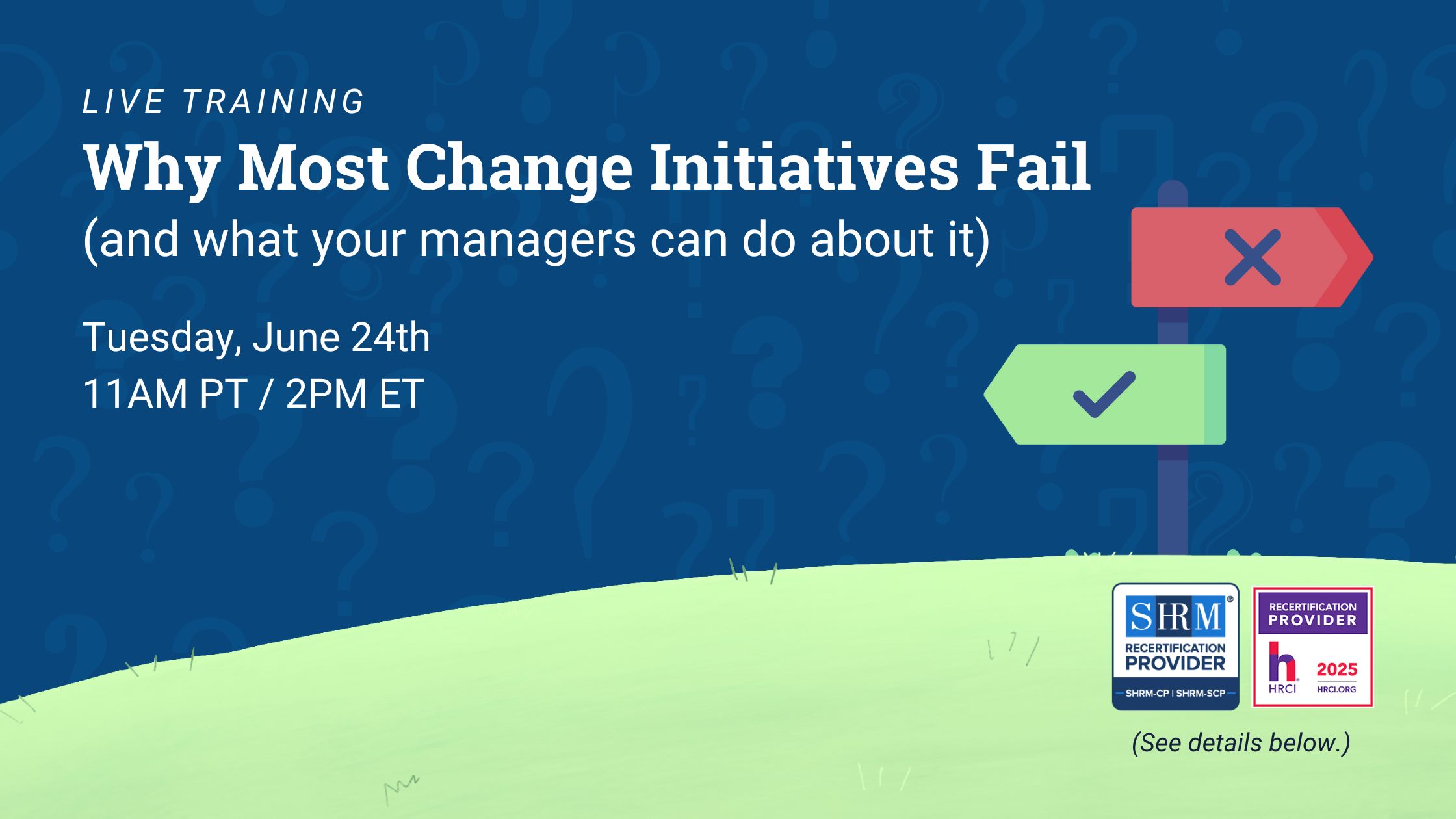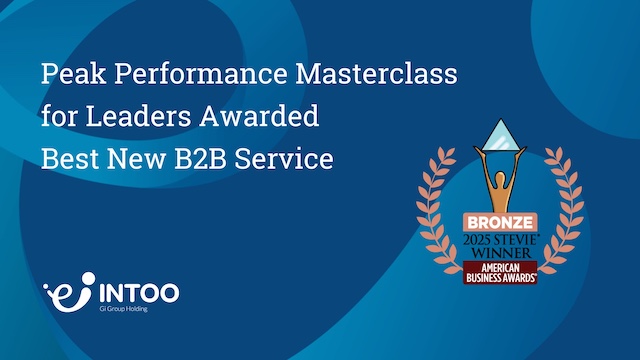Employer brand plays an increasingly important role in the social media age. Customers often read reviews about a company, as well as its products and services, on Facebook, Yelp, and Amazon before making their buying decisions—which has made businesses sensitive and responsive to online reviews and comments. One of the most challenging times for an organization’s brand reputation is during a reduction in force. Employees who feel they have been laid off unfairly can leave negative reviews on social media, which can affect your company’s ability to attract and retain customers.
If your company has to conduct a layoff, you can protect your employer brand by following reduction in force best practices. Here are important tips on managing a layoff so affected employees feel they have been treated with dignity and compassion.
Give advance notice
For large companies, communicating to employees that layoffs are coming is mandatory. The Worker Adjustment and Retraining Notification (WARN) Act requires companies with 100 or more full-time employees to give written notice 60 days before the date of a mass layoff. If you fail to let employees know about the layoff within this timeframe, your company may have to compensate workers for wages lost.
Smaller companies are not required to provide their workforce with prior notice. That said, many still choose to do so to follow reduction in force best practices. The Society for Human Resource Management notes that “some experts say that employees want to know if layoffs are being considered.” By making workers aware of the company’s plans as soon as possible, you give them more time to plan and look for new jobs, easing their transitions.
Follow a clear process
There are many steps to conducting a layoff, from creating a layoff list to collecting key cards. To make sure you don’t forget any important details, it helps to follow a checklist that keeps track of everything.
Include in your checklist all the procedures to follow and laws to manage. Reduction in force best practices require that you follow federal, state, and local laws. In addition, your company may have union agreements to honor. You will also want to consult your company’s employee handbook and contracts. For example, if an employee contract stipulates a specific severance pay amount, make sure to follow through on those agreements.
To get started, download INTOO’s Reduction In Force Checklist, which outlines 16 steps to managing a layoff, and adapt it to your company’s specific needs.
Prepare for the layoff notification meeting
A lot happens on the actual day of the layoff, so make sure you’re well-prepared for the event. To start, you’ll need to choose which day to conduct the layoff meetings. Harvard Business Review suggests you select a day that will be least disruptive to your company and its employees. You will also want to pick a specific time. According to Forbes, it is best to hold the meetings at the end of the day, preferably after other workers have left.
Once you have the when taken care of, consider the where. To make everyone as comfortable as possible, plan the meeting in a neutral place like a conference room, as opposed to holding it in a manager’s office.
Decide who will be present for the meeting. Reduction in force best practices are to have both the employee’s manager and an HR professional present—the first to deliver the news, and the second to go over the logistical details of the separation. If there is a chance the affected employee will get angry or violent, make sure to also have security personnel in the room.
Next, you will need to prepare materials for the meeting. Typical items you will need include a final paycheck, layoff notification letter, employee separation agreement, and information about outplacement services and other benefits you’re offering the departing employee. These items will be described in more detail in the following sections.
Last but not least, prepare a script for the meeting. A layoff often brings up many intense emotions, and in those circumstances, important details that need to be covered can easily be forgotten. Having a script or list of talking points will ensure you don’t skip a crucial piece of information. For an example of a sample script, download INTOO’s Layoff Notification Guide and customize it to fit your company’s needs.
Conduct the layoff notification meeting
Holding a termination meeting is a difficult task; no one enjoys delivering the news that an employee no longer has a job. However, the meeting is likely to be even more difficult for the employee who is called into the meeting. With that in mind, do your best to be caring and attentive to the employee and their reactions.
During these meetings, it’s important not to inadvertently belittle or hurt the employee’s feelings further, or to make statements that could open your organization up to lawsuits. For a primer on what to say and do as you conduct a reduction in force, watch Intoo’s webinar, Compassionate Offboarding: How to Manage Layoffs with Empathy and Dignity. This resource also covers the common emotions that come up during a layoff notification meeting and offers tips for managing them.
This meeting is also your opportunity to give the affected employee the materials you have prepared, such as the layoff notice and final paycheck, and ask for the return of any company property, such as laptops and key cards.
You will also likely want to ask the employee to sign a separation agreement, which stipulates the employee waive their right to sue for wrongful termination. Some employees request time to look over and think about the separation agreement. Allowing the employee some extra time is expected if your company is following reduction in force best practices. If the employee is more than 40 years old, you are legally required to give them at least 21 days to review the agreement if they were let go individually. If the employee was laid off as part of a larger reduction in force, you need to give them 45 days.
Offer a severance package with outplacement services
A key reason employees sign a separation agreement is to receive a severance package from the company. Thus, it is a good idea to offer an attractive severance package to encourage employees to sign the agreement when following reduction in force best practices. Although the law doesn’t require companies to provide severance packages, many organizations offer them to laid-off employees to avoid the risk of litigation and promote goodwill.
This, of course, requires your preparing a severance package in advance. Typically, a severance package includes severance pay to give the employee some financial cushion. Usually, companies tie the amount of severance pay given to the number of years the employee has worked for the company and the employee’s seniority level. Your company’s severance package may also include continuation of health benefits, stock options, contributions to retirement savings, and other benefits specific to the situation.
In addition, companies concerned about reduction in force best practices should provide outplacement services to exiting employees. Outplacement is career transition assistance provided by employers to employees affected by a termination. Support offered typically includes career coaching and resume reviews, which can help exiting employees find new employment. While employees are rarely happy about being laid off, they are more likely to feel their company did its best to support them in a tough situation if they are given assistance with making the next step in their careers.
Layoffs are a challenging time for both the company and affected employees, but following reduction in force best practices helps create a more positive process for everyone involved. INTOO’s outplacement solution offers one-on-one, on-demand coaching from career transition experts, resume reviews, video interview coaching, and other career tools and benefits, all on a convenient virtual platform. Learn more about how our outplacement services can support your reduction in force.











